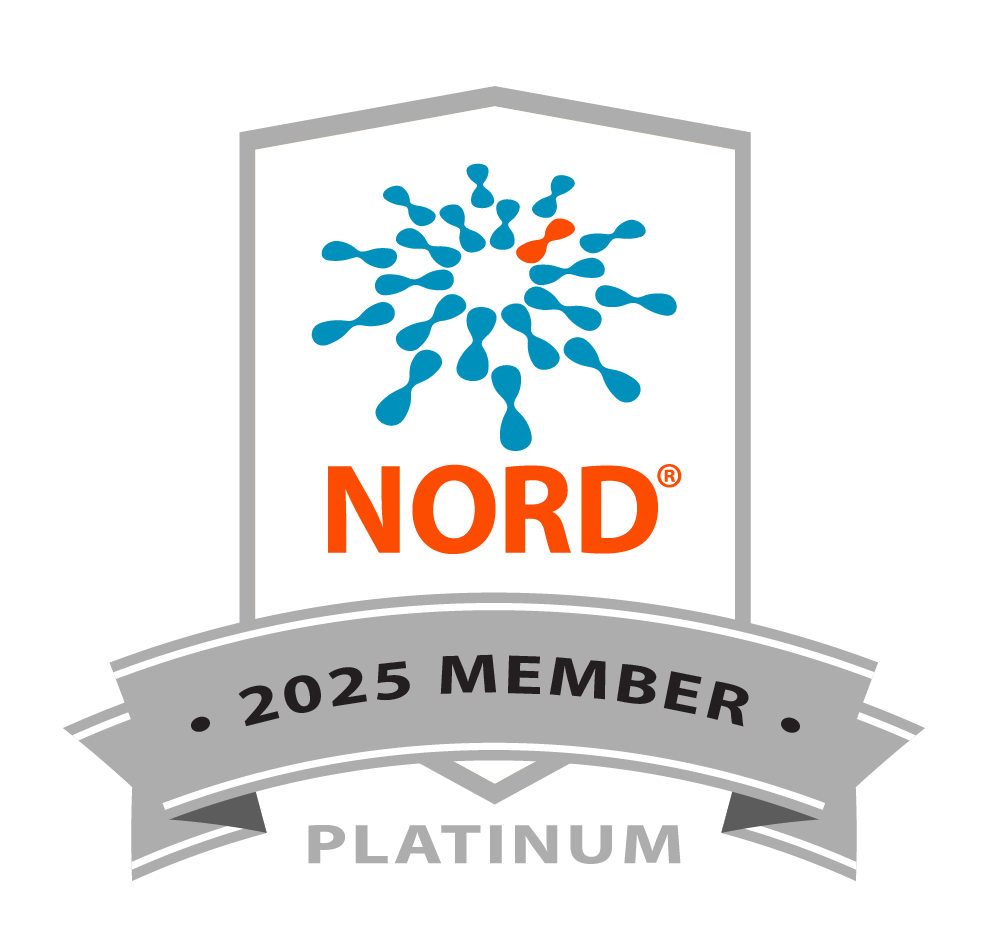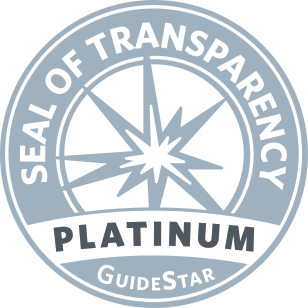ARVO 2014: European Collaboration Developing Cross-Cutting, Vision-Saving Therapies
Research News
Simply put, they’re creating therapies that can save vision in as many people as possible, independent of the genetic cause of disease.

One of the most intriguing reports on therapy development at the annual meeting of the Association for Research in Vision and Ophthalmology came from a European collaborative project called DRUGSFORD, which is derived from the phrase "drugs for retinal degeneration." With funding from the European Union, the project brings together three research groups and two companies to develop a therapy that can treat a disease pathway common to many retinal degenerations. Simply put, they're creating therapies that can save vision in as many people as possible, independent of the genetic cause of disease.
Francois Paquet-Durand, Ph.D., the project's scientific coordinator, said that DRUGSFORD's lead therapy candidate has shown efficacy in the RD1 mouse — a model of severe, early onset retinitis pigmentosa (PDE6B mutations). The consortium is generating additional safety and efficacy data required for a clinical trial it hopes to launch at the end of 2015.
Developed by the German company BIOLOG, the active therapeutic molecule targets the signaling of a chemical in photoreceptors called cyclic guanosine monophosphate, or cGMP. While the name is a mouthful, the chemical plays a fundamental role in vision. Photoreceptors need the right amount of cGMP to send electrical signals with visual information back to the brain. And it just so happens that vision loss from retinal degenerations is often caused by the production of too much or too little cGMP. So, the therapeutic molecule is designed to re-balance cGMP signaling.
In addition to creating a drug that addresses a common disease pathway, DRUGSFORD is using a proprietary systemic delivery system from a Dutch company called to-BBB to get as much of it to the retina as possible. Wrapped in tiny fat particles known as liposomes, the oral drug appears to penetrate the vasculature that protects the retina from foreign substances.
DRUGSFORD's academic collaborators — University of TÌ_bingen (Germany), University of Lund (Sweden) and University of Modena (Italy) — are providing various testing platforms for the new treatments.
Stay tuned for updates on DRUGSFORD's progress. We are excited about the potential of the project's treatments and will keep a close eye on its efforts.





